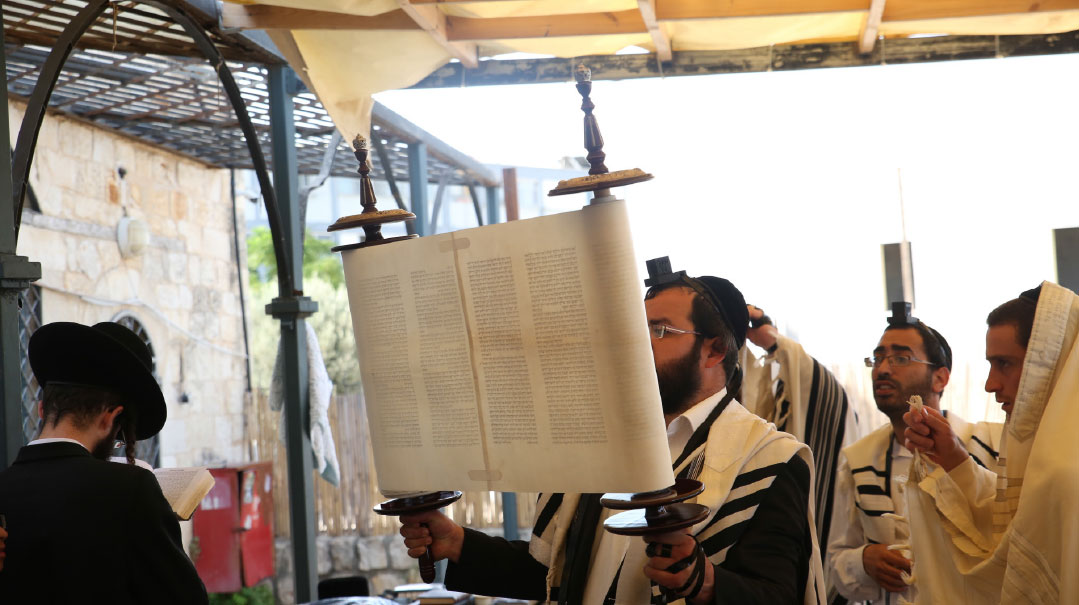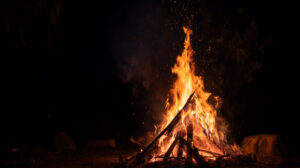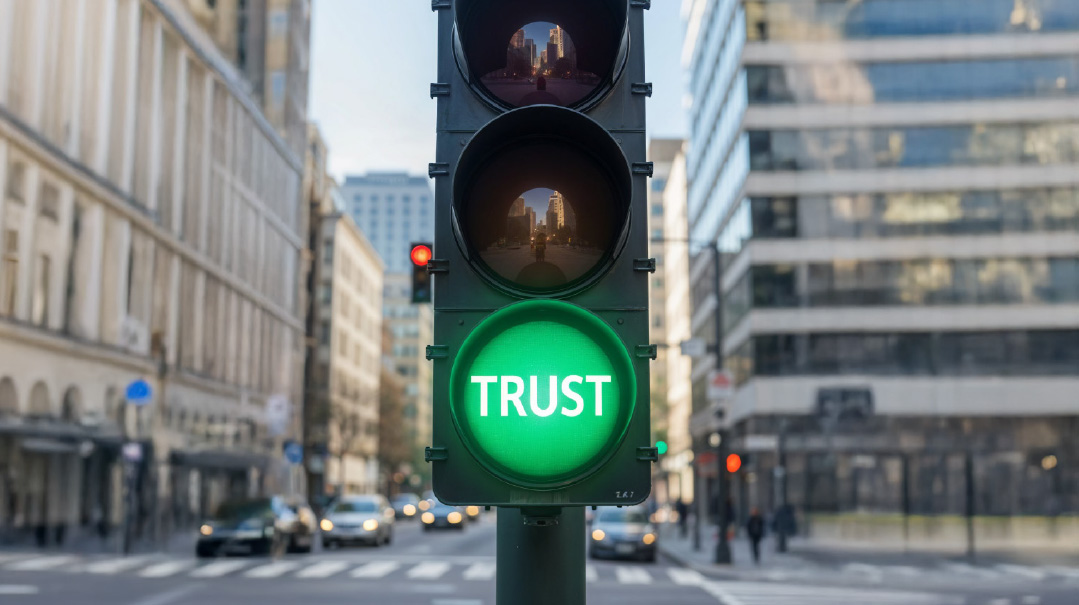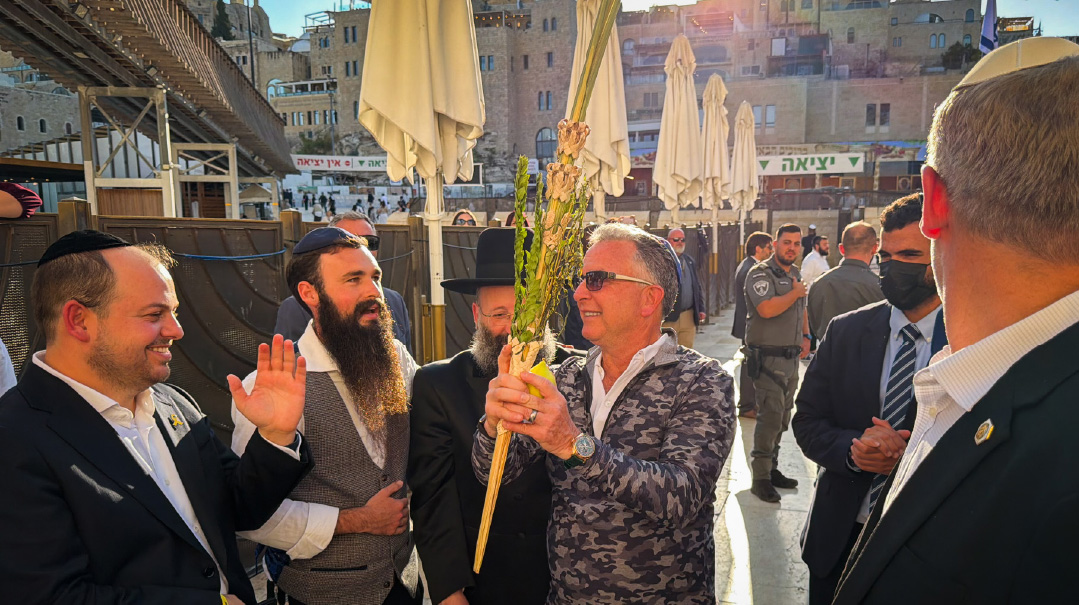Sowing with Tears, Reaping with Joy
| November 11, 2020No one — not a one! — tried to get out of paying by saying, “It’s not really a chiyuv,” or, “The cost is outrageous”

Photo: Flash90
There was no denying it on that Hoshana Rabbah morning this past October 9: the machlah was back. Two of our neighbors were in the hospital fighting for every breath, and even on this joyous Succos Yom Tov, we had been ending each tefillah with heartfelt Tehillim.
And now, the gabbaim of our local shul faced the last days of Yom Tov and Simchas Torah with important choices to make. Our small kehillah had taken the precaution of splitting up. The members who had not yet been struck by the disease were now gathering in their own minyan outdoors in a backyard tent. We who remained inside the shul felt confident, as a strictly “antibodies” group, that we need not subscribe to every stricture being put forth. But what should we implement? Shorter hakafos? No hand-holding during dancing?
Finally, taking into account the many kollel yungeleit and yeshivah boys of our shul who look to Simchas Torah as a day of inspiration that provides chizuk for an entire year of intense learning, we chose to eschew anything that might diminish the simchah. But we did move the hakafos outdoors, where the fresh air provided the antidote to the fear of spreading Covid-19 germs — the main concern in our basement minyan, with its low ceiling.
A nearby backyard was deemed large enough and the fences separating it from the shul were taken down to allow direct access and keep the proceedings out of the view of any passersby.
Someone knew a guy; the organizer of an outdoor daled minim “shuk” that had operated during the week before Succos, and soon a long row of lights was strung from the shul through the neighboring yards and over the chosen area.
On Simchas Torah night, after Maariv and the recitation of Atah Horeisa, the tzibbur joined in dancing “Ki miTzion teitzi Torah” as we headed outside with the sifrei Torah to the designated spot.
It was a beautiful evening, with a refreshing cool breeze wafting over the celebration. The lights shone brightly on a kehillah aglow with an inner light of their own. Soon, even the naysayers could not recall why they thought the outdoors wouldn’t work, as the dancing grew more and more leibedig.
Sixty-year-olds were jumping by “Moshe Emes” for the first time in years, and the usually sedentary traded their spectator seats for active roles in the center of the rikudim. Any thoughts of shortening the hakafos were soon forgotten. We could have danced all night.
The next day was no less charged with intensity; the simchah reached a level never before seen by those who experienced this special Simchas Torah.
By the time Mussaf was over late in the afternoon, we were on a collective high we couldn’t easily explain. “Was it the outdoors and nice weather?” “Did we over-compensate for what we were afraid would be a letdown?”
Somehow, the answers rang hollow. It was a full week later, as we gathered for the Chassan Bereishis kiddush, that the truth finally hit me.
Corona arrived in Lakewood just after Purim. We still heard parshas Ki Sisa leined in shul, but the next Shabbos, Vayakhel-Pekudei (the last parshah in Chumash Shemos), we davened at home. And so it went for ten parshiyos.
Shortly after Pesach, the poskim announced that we could emerge from our homes to join in tefillah b’tzibbur, but only as long as we each remained on our own porches. In many neighborhoods, such as ours, the homes were built as part of new developments encompassing multiple streets. The backyards of each block are thus mirrored by the homes behind them. By strategically choosing the resident of a centrally located porch as shaliach tzibbur, as many as 20 homes could take part in a minyan. This was our first refreshing step toward a return to normalcy.
Another few weeks passed, and the word went out that we could come off the porches and join in the outdoor minyan while standing in our separate backyards. This coincided with the emergence of the first signs of spring weather and led us to consider the possibility of conducting krias haTorah for the first time in months.
The sifrei halachah speak about “making up” a missed parshah or two. Those who have arrived in Eretz Yisrael after a two-day Yom Tov in chutz l’Aretz, where the second day fell out on Shabbos, find themselves a parshah behind. The antidote is to hear two parshiyos on their first Shabbos in Israel in order to get back on track and not miss out on a parshah. (Some will utilize the krias haTorah at Minchah on the second day of Yom Tov to lein the entire coming parshah instead of just till sheini.)
Yet while the poskim discuss the “tashlumim” option for someone who missed a parshah because of illness or other oness, it is entirely unclear how many parshiyos one can actually make up. While it is certainly recommended to catch up on multiple parshiyos, the requirement to do so fades as you go from one Chumash to another. Suddenly, our hope and expectation that we would soon make up the missed sedros of coronavirus began to fade.
We contemplated the gap of ten parshiyos — from Vayakhel-Pekudei in Shemos, all the way through close to the end of Chumash Vayikra — and were devastated by the thought that these parshiyos would remain a further dark hole in an already tragic period of loss. Something had to be done.
After consulting with poskim, we were told that while it may not be obligatory at this point, it still would be a “feiner zach” — a good and appropriate act — were we to make up all the missing parshiyos.
A local yeshivah agreed to let us use their sefer Torah if the donor gave his okay (he stipulated that a sizable donation be made to the yeshivah). A baal korei was found who would prepare and perform the marathon kriah, but we heard that his usual rate was $100 to lein just one parshah, so…. This was adding up quickly.
We reached out to the core of our group — almost all of them klei kodesh — and the response was instant. Within a short time there was more than enough to compensate the yeshivah and the baal korei generously.
No one — not a one! — tried to get out of paying by saying, “It’s not really a chiyuv,” or, “The cost is outrageous.” To these bnei Torah — all of whom had suffered tragic losses within their families and in our extended community — the possibility to save these ten parshiyos from being lost was the first good news they had heard in a long time.
The morning of Shabbos Parshas Emor dawned bright with no sign of rain. But the temperature had fallen to close to freezing, and as we set up outside in our winter coats to daven, we realized it was not enough, and had to return home to get gloves, scarfs, and earmuffs as well. Would we in fact have a minyan braving this cold?
The question was answered in just a few minutes. From all sides, people began to arrive. The word had gone out that a group of us was going to lein all the missed parshiyos, and the hergesh that united us brought out dozens of our neighbors. A minyan planned for 20 or so men eventually consisted of 80 mispallelim, and the various families had to be grouped apart over five adjoining backyards to ensure proper distancing.
For two and a half hours we stood in the cold as the baal korei began from Vayakhel and concluded with Emor. By the time we got home, our fingers were numb and our toes were frozen, but our hearts were warm. We had done it!
The feeling of satisfaction and fulfillment was soon forgotten as we went back to our daily lives exiled from our shuls and yeshivos, devastated by the mounting losses of tayere Yidden in our town and throughout the world.
But it wasn’t forgotten forever.
Almost half a year later, when it came time to celebrate the gomrah shel Torah; the completion of a year of krias haTorah, the realization set in. Despite coronavirus, despite the quarantine and the lost weeks and the cold and the…. we had not missed a single heilige parshah and today our simchah was complete.
The late rosh yeshivah of Rabbeinu Chaim Berlin, Rav Yitzchok Hutner ztz”l, in his Pachad Yitzchok on Succos, maamar 9, cites Rabbeinu Yonah, who writes that showing simchah at the time of kaparah (forgiveness) is testimony to the sadness one felt upon realizing he had sinned, and how much he had fretted as he worried whether his teshuvah would be accepted.
The Rosh Yeshivah explains that simchah is thus integral to the act of teshuvah. The distress at having sinned and the determination to return to the proper derech are one side of the coin. The happiness at having accomplished teshuvah is the other.
So it wasn’t the weather that made this Simchas Torah so unforgettable. It had started with a spirit of achdus and the determination to overcome the aura of diminishment that the disease had cast upon us. Our community strove to once again be as whole as we could be, and that was what we ultimately celebrated in that backyard. We had flipped the coin, as it were, to the other side.
May that ruach carry us past this terrible tekufah and remain with us forever as an inspiration to overcome adversity whenever and wherever we might face it again.
Rabbi Karmel lives in the East End neighborhood of Lakewood, New Jersey, where he serves as candy man in Khal Zichron Yisroel.
(Originally featured in Mishpacha, Issue 835)
Oops! We could not locate your form.













